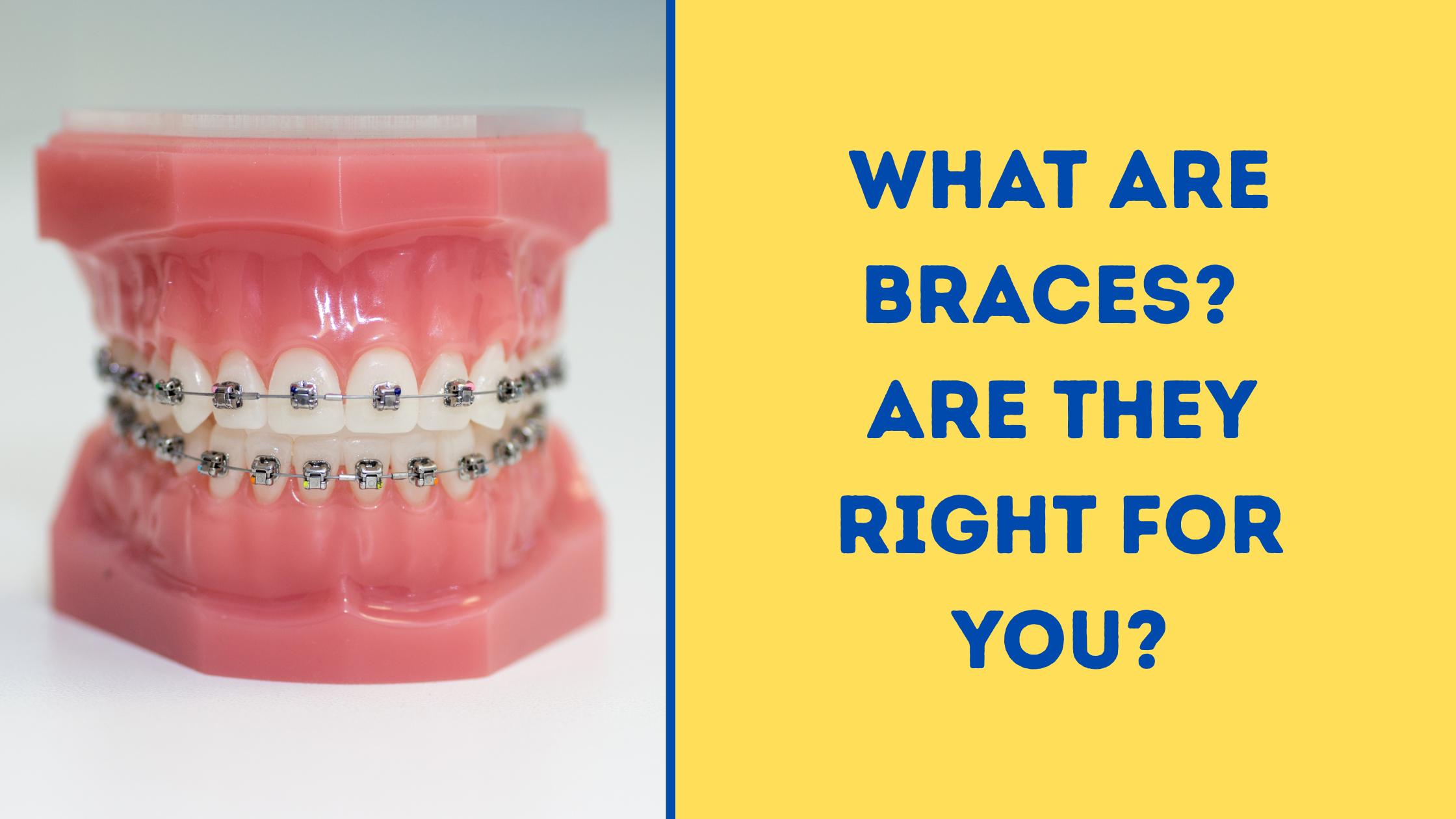
Braces are one of the most common and effective orthodontic treatments used to straighten teeth, correct bite issues, and improve overall oral health. Whether you’re considering braces for yourself or your child, understanding how braces work and what they do can help you make an informed decision. In this post, we’ll explain what braces are, how they function, the different types available, and what to expect during treatment.
What Are Braces?
Braces are dental devices used by orthodontists to correct misaligned teeth and jaws. They apply continuous, gentle pressure to gradually shift teeth into proper alignment. Over time, braces can fix crowding, spacing, overbites, underbites, crossbites, and other dental alignment issues.
Braces are commonly used during childhood or adolescence, but many adults also choose braces to improve their smile and oral function.
How Do Braces Work?
Braces work by applying constant pressure on the teeth and jaw over a period of time. This pressure slowly moves teeth into their ideal positions. Braces are typically made up of the following components:
- Brackets – Small metal or ceramic pieces bonded to each tooth.
- Archwire – A thin metal wire that connects all the brackets and guides the teeth’s movement.
- Elastic bands – Small rubber bands that help align the bite.
- Ligatures – Tiny rubber bands that hold the archwire to the brackets (for traditional braces).
As the teeth shift, the bone surrounding them adapts, allowing for long-lasting alignment when the braces are removed.
Types of Braces
Today, there are several types of braces available, each with its own benefits:
- Metal Braces
The most traditional and commonly used braces. They are strong, effective, and often the most affordable option. - Ceramic Braces
These work like metal braces but use clear or tooth-colored brackets for a less noticeable appearance. - Lingual Braces
Placed on the inside (tongue-facing side) of the teeth, lingual braces are hidden from view but may take longer to get used to. - Clear Aligners (e.g., Invisalign)
While not traditional braces, clear aligners are removable trays that gradually shift teeth. They are popular among adults for their discreet appearance.
What Problems Can Braces Fix?
Braces can correct a wide range of orthodontic problems, including:
- Crooked or crowded teeth
- Gaps or spacing between teeth
- Overbite or underbite
- Crossbite
- Open bite
- Misaligned jaw
Correcting these issues not only improves appearance but also supports better oral hygiene and prevents jaw pain or uneven wear on teeth.
How Long Do You Need to Wear Braces?
The length of orthodontic treatment varies depending on the complexity of the case. On average, people wear braces for 18 to 24 months. Our Orthodontist will provide a custom treatment plan based on your individual needs.
Do Braces Hurt?
Braces may cause mild discomfort, especially after adjustments. This is normal and usually goes away within a few days. Over-the-counter pain relievers and soft foods can help manage the discomfort.
How to Care for Braces
Good oral hygiene is essential during orthodontic treatment. Here are some tips:
- Brush after every meal using a soft-bristled toothbrush
- Floss daily using floss threaders or orthodontic floss
- Avoid sticky or hard foods that can damage braces
- Attend regular checkups and adjustments
Final Thoughts: Are Braces Right for You?
Braces are a powerful tool in achieving a healthy, beautiful smile. Whether you’re dealing with bite problems or simply want straighter teeth, consulting with our Orthodontist is the best way to explore your options. With modern technology and treatment options, braces are more comfortable and discreet than ever. Schedule an appointment with our Orthodontist for a free consultation to have all of your questions answered and to find out if braces are right for you!
